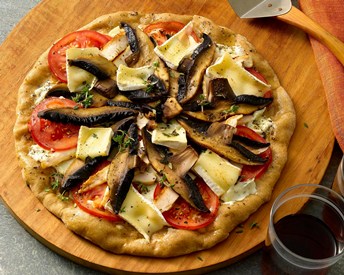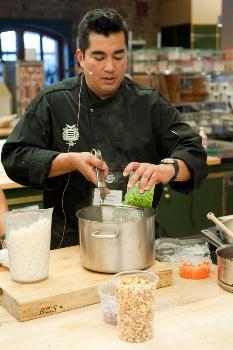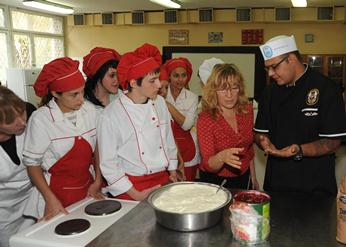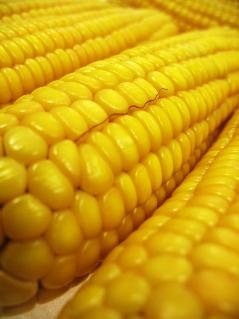Guest Speaker: 20 Years to Success
 Of the three things you can manage—cost, quality and quantity—you can realistically only manage two. Or so thought the Institute for the Culinary Arts at Metropolitan Community College .
Of the three things you can manage—cost, quality and quantity—you can realistically only manage two. Or so thought the Institute for the Culinary Arts at Metropolitan Community College .
By James E. Trebbien, CCE, CCA
Omaha, according to some of the people who study such things, has more restaurants per capita than any other U.S. city. In addition to this amazing number of restaurants, the menu is varied, diverse, excellent and reasonably priced. The quality of the restaurants is excellent. As in most major metropolitan areas, to be a chef or restaurant manager in Omaha takes a lot of education and knowledge because of the competition, choices, culinary talent and business sophistication.

 From social networking’s impact on success to a greater emphasis on in-house rustic fare to save cost, Technomic predicts the biggest influences on U.S. restaurants next year.
From social networking’s impact on success to a greater emphasis on in-house rustic fare to save cost, Technomic predicts the biggest influences on U.S. restaurants next year. The CIA’s recent Worlds of Flavor® International Conference & Festival examined the casualization of fine dining.
The CIA’s recent Worlds of Flavor® International Conference & Festival examined the casualization of fine dining. USS Philippine Sea shares culinary techniques with high-school students in Eastern Europe.
USS Philippine Sea shares culinary techniques with high-school students in Eastern Europe. Bill Rodgers, executive chef, Keens Steakhouse, New York City
Bill Rodgers, executive chef, Keens Steakhouse, New York City Although this part of case-study teaching can be arduous, there’s real value in reading papers. Doing so allows us to suggest ways to improve students’ thinking.
Although this part of case-study teaching can be arduous, there’s real value in reading papers. Doing so allows us to suggest ways to improve students’ thinking. Contrary to what students might think, life is not like “Hell’s Kitchen,” where food can be discarded with abandon. Here are eight easy and effective ways to teach basic food-cost principles that will serve your students well.
Contrary to what students might think, life is not like “Hell’s Kitchen,” where food can be discarded with abandon. Here are eight easy and effective ways to teach basic food-cost principles that will serve your students well. The truth about GMOs.
The truth about GMOs. SandwichPro.com offers new on-trend sandwich-making demos.
SandwichPro.com offers new on-trend sandwich-making demos.